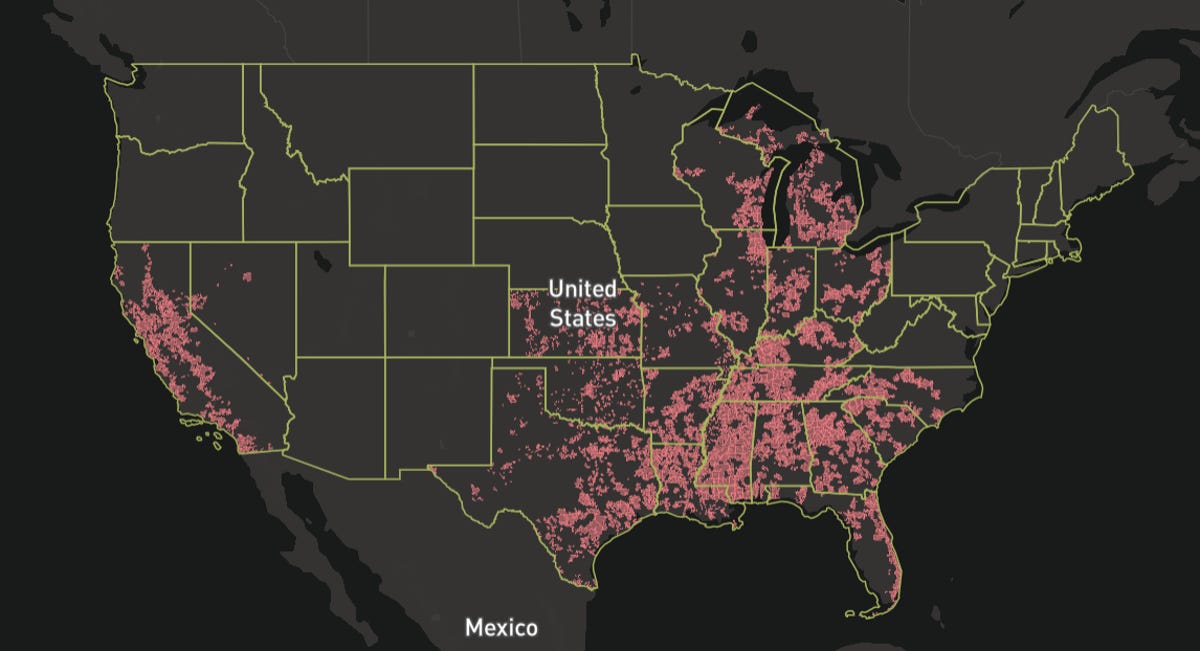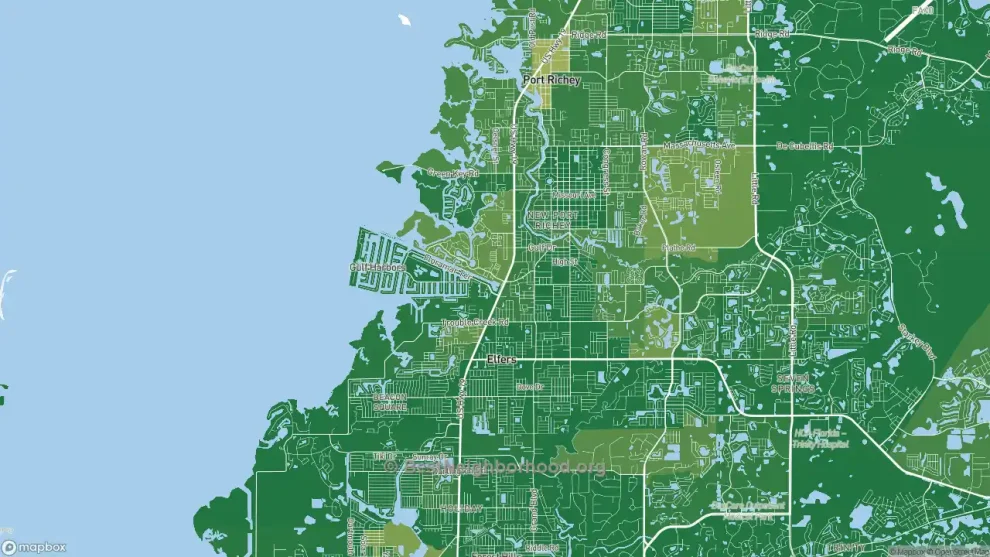Fiber internet, a cutting-edge technology that utilizes thin strands of glass to transmit data at incredible speeds, is rapidly expanding its reach across the United States. This expansion is driven by a growing recognition of the transformative power of high-speed internet and the need to bridge the digital divide.
The Benefits of Fiber Internet
Fiber internet offers numerous advantages over traditional copper-based connections, such as DSL or cable. These include:
- Unparalleled Speed: Fiber internet provides lightning-fast download and upload speeds, making it ideal for demanding tasks such as online gaming, video streaming, and large file transfers.
- Reliability: Fiber optic cables are less susceptible to interference and degradation than copper cables, resulting in a more reliable and consistent internet connection.
- Future-Proof: Fiber internet is a future-proof technology. As the demand for higher bandwidth applications continues to grow, fiber networks can easily be upgraded to accommodate the increasing data loads.
- Lower Latency: Fiber internet offers lower latency, which means that data travels more quickly between your device and the internet. This is particularly important for activities such as online gaming and video conferencing.
The State of Fiber Internet Coverage

While fiber internet availability has increased significantly in recent years, it is still not evenly distributed across the United States. Some areas have extensive fiber infrastructure, while others have limited or no access.
Key Trends in Fiber Internet Coverage:
- Urban Expansion: Fiber internet is being rapidly deployed in major cities and metropolitan areas. This is due to the high demand for high-speed internet in these areas and the existing infrastructure that makes it easier to lay fiber optic cables.
- Rural Deployment: There is a growing focus on expanding fiber internet coverage to rural areas. This is being driven by initiatives such as the Rural Digital Opportunity Fund (RDOF), which aims to provide broadband internet access to underserved areas.
- Government Support: Government support is crucial for the expansion of fiber internet. Initiatives such as the Infrastructure Investment and Jobs Act are providing funding to support the deployment of broadband infrastructure, including fiber optic networks.
Challenges and Opportunities
Despite the progress made in expanding fiber internet coverage, there are still significant challenges to overcome. These include:
- Infrastructure Costs: The cost of building fiber optic networks can be high, particularly in rural areas.
- Competition: In some areas, competition between internet service providers may be limited, which can lead to higher prices and fewer choices for consumers.
- Digital Divide: Even with the expansion of fiber internet, there is still a digital divide between those who have access to high-speed internet and those who do not.
The Future of Fiber Internet
The future of fiber internet looks bright. As the demand for high-speed internet continues to grow, we can expect to see further expansion of fiber networks across the United States. This will provide millions of people with access to the benefits of fiber internet, including faster speeds, improved reliability, and a more connected future.
Conclusion
Fiber internet is a revolutionary technology that is transforming the way we live, work, and communicate. As fiber networks continue to expand, we can expect to see a significant improvement in internet connectivity across the United States. This will benefit individuals, businesses, and communities alike, creating a more connected and prosperous nation.
















Add Comment